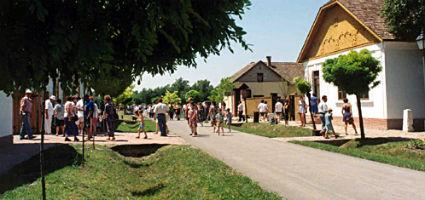2024. November 22. Friday
Ópusztaszer National Historic Memorial Park - Ópusztaszer
 |
Address: 6767, Ópusztaszer Szoborkert 68.
Phone number: (62) 275-133 /103, (62) 275-133 /104
E-mail: info@opusztaszer.hu
Opening hours: 01.04-30-10.: Tue-Sun 10-18
01.11-30.03.: Tue-Sun 10-16 (Skanzen, external exhibiton closed) The current fare for those interested informed about the institution's website: www.opusztaszer.hu |
recommended age: 12 year
Ticket prices
|
Program ticket
|
7500 HUF
|
/ group
|
Museum pedagogy contact person
Equipment in the institute
Professionals:
Rooms:
Leisure equipment:
Traffic: